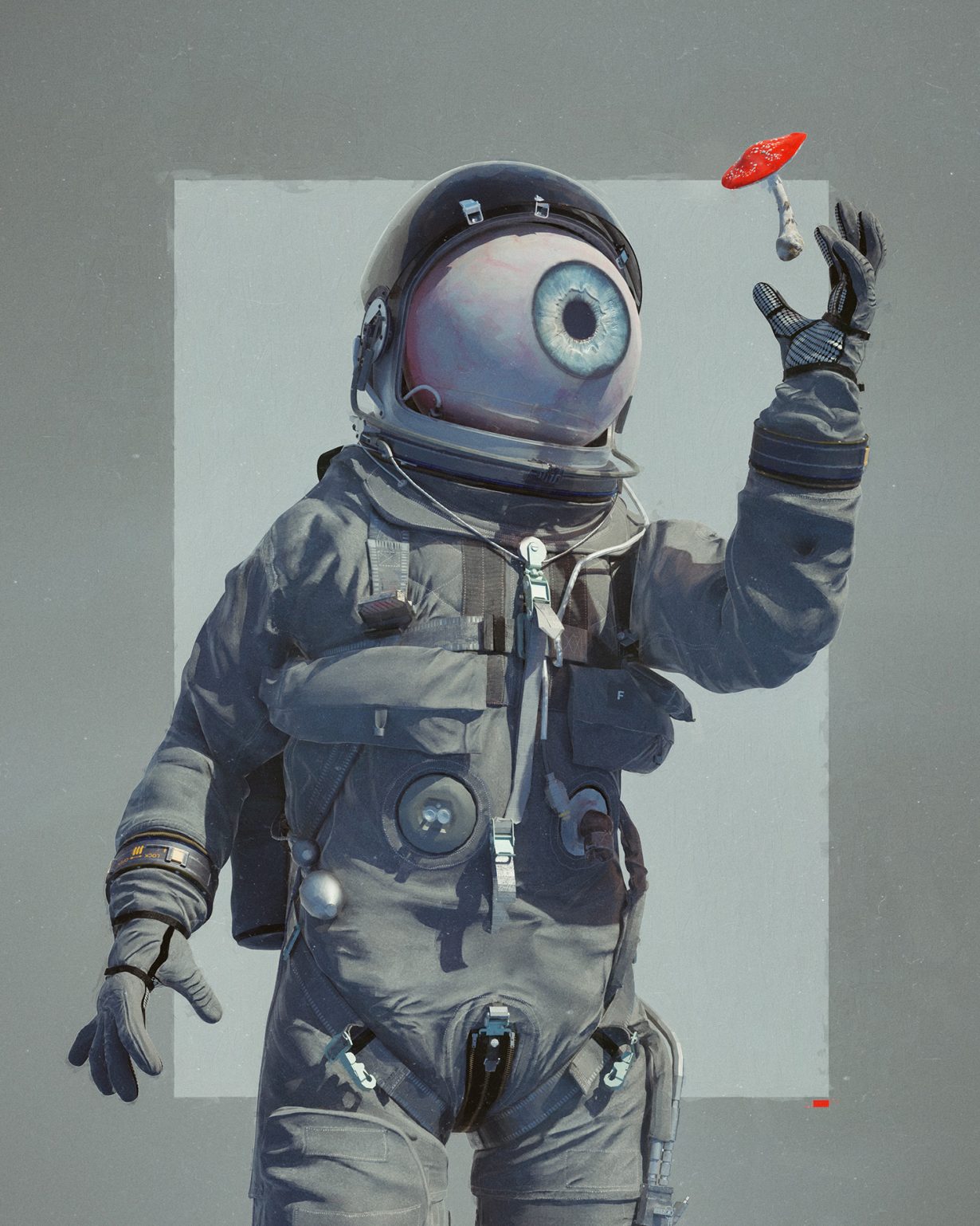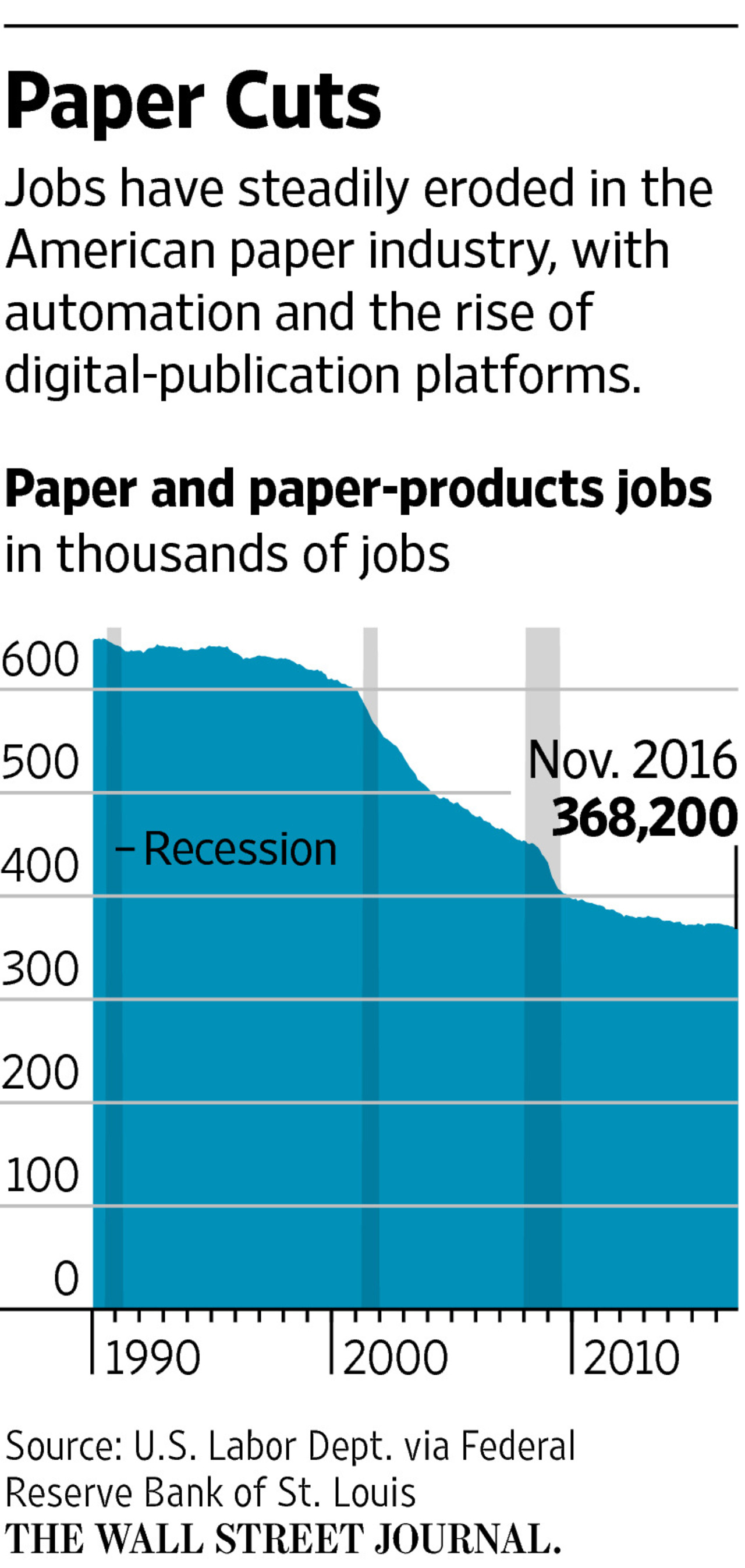1850-1950: A Critical Art Review Of The Global Artworld

Table of Contents
The Rise of Modernism and its Diverse Manifestations
The period between 1850 and 1950 witnessed the rise of Modernism, a broad artistic movement characterized by a break from traditional styles and a focus on experimentation and innovation. This section will explore some of its key manifestations.
Realism and its Social Commentary
Realism emerged as a reaction against the idealized Romanticism of the earlier period. Artists like Gustave Courbet sought to depict the world as it was, focusing on everyday life, particularly the lives of the working class. This often involved a sharp social critique of the burgeoning bourgeois society.
- Key Artists: Gustave Courbet, Jean-François Millet, Honoré Daumier
- Key Themes: Social realism, depictions of working-class life, critique of bourgeois society, poverty, labor.
- Geographic Focus: Primarily France, with influences spreading across Europe.
- Examples: Courbet's "The Stone Breakers" and Millet's "The Gleaners" offer powerful visual commentaries on social inequality.
Impressionism and the Capture of Light
Impressionism revolutionized the art world with its focus on capturing the fleeting effects of light and color. Rejecting academic conventions, Impressionist artists painted en plein air, directly observing and rendering their subjects outdoors. This emphasis on subjective experience and the immediacy of perception profoundly impacted subsequent artistic movements.
- Key Artists: Claude Monet, Pierre-Auguste Renoir, Edgar Degas, Mary Cassatt
- Key Themes: Light, color, fleeting moments, everyday life, landscapes, urban scenes.
- Geographic Focus: Primarily France, particularly Paris.
- Examples: Monet's "Impression, Sunrise" and Renoir's "Bal du moulin de la Galette" exemplify the movement's key characteristics.
Post-Impressionism: A Diversification of Styles
Post-Impressionism represented a diverse range of responses to Impressionism. While retaining the Impressionists' interest in color and light, Post-Impressionist artists explored more subjective and expressive approaches. This period laid the groundwork for many 20th-century movements.
- Key Artists: Vincent van Gogh, Paul Cézanne, Paul Gauguin, Georges Seurat
- Key Themes: Expressionism, subjective experience, exploration of form and color, symbolism, stylistic experimentation.
- Geographic Focus: Primarily France, with Van Gogh's work originating from the Netherlands.
- Examples: Van Gogh's "Starry Night," Cézanne's "Mont Sainte-Victoire," and Gauguin's "The Yellow Christ" showcase the movement's stylistic diversity.
Beyond Europe: Exploring Global Artistic Currents
While Modernism is often associated with Europe, significant artistic developments occurred concurrently across the globe. This section will explore some of these crucial global artistic currents.
The Art of Asia in the 19th and Early 20th Centuries
Asia experienced significant artistic changes during this period, shaped by both internal developments and the impact of colonialism. Traditional artistic techniques adapted to new contexts, and national identities found expression through art. The influence of Japanese woodblock prints (Ukiyo-e) on Western art, particularly Impressionism and Art Nouveau, is a notable example of cross-cultural exchange.
- Geographic Focus: Japan, China, India, and other Asian countries.
- Key Themes: Nationalism, adaptation of traditional techniques, impact of Western influence, social and political commentary.
- Examples: Ukiyo-e prints by Hokusai and Hiroshige, Chinese landscape painting, Indian miniature painting, and the rise of new artistic styles reflecting national identities.
Latin American Art and the Search for Identity
Latin America saw the emergence of unique national artistic identities during this period, often intertwined with political and social movements. The development of national identities frequently led to artistic movements reflecting indigenous cultures and social realities.
- Geographic Focus: Mexico, Argentina, Brazil, and other Latin American countries.
- Key Themes: Nationalism, social realism, indigenismo (the focus on indigenous cultures), political upheaval and revolution.
- Examples: The Mexican Muralist movement, with artists like Diego Rivera, José Clemente Orozco, and David Alfaro Siqueiros, used public art to express social and political messages.
The Rise of Abstraction and its Precursors
The seeds of abstraction, a style where art moves away from realistic representation, were sown in the late 19th and early 20th centuries, culminating in a full-fledged movement that would dominate much of the 20th century.
Fauvism and Expressionism
Fauvism and Expressionism prioritized emotional expression over realistic depiction. Artists used bold colors and distorted forms to convey feelings and subjective experiences.
- Key Artists: Henri Matisse, André Derain (Fauvism), Ernst Ludwig Kirchner, Edvard Munch (Expressionism)
- Key Themes: Emotion, subjective experience, bold colors, distorted forms, anti-naturalism.
- Geographic Focus: France (Fauvism), Germany and Norway (Expressionism).
- Examples: Matisse's "The Dance" and Kirchner's "Street, Berlin" exemplify the vibrant and emotionally charged style of these movements.
Cubism and its Impact on Modern Art
Cubism, pioneered by Pablo Picasso and Georges Braque, revolutionized the way artists depicted space and form. By fragmenting objects and presenting multiple perspectives simultaneously, Cubism challenged traditional notions of representation and paved the way for abstract art.
- Key Artists: Pablo Picasso, Georges Braque
- Key Themes: Fragmentation, multiple perspectives, geometric forms, spatial ambiguity.
- Geographic Focus: Primarily France.
- Examples: Picasso's "Les Demoiselles d'Avignon" and Braque's "Houses at L'Estaque" are seminal works of Cubism.
Surrealism and the Exploration of the Unconscious
Surrealism delved into the world of dreams, the unconscious, and the irrational. Artists sought to express the subconscious mind through techniques like automatism (spontaneous creation without conscious control).
- Key Artists: Salvador Dalí, René Magritte, Joan Miró
- Key Themes: Dreams, the subconscious, the irrational, automatism, unexpected juxtapositions.
- Geographic Focus: Primarily France.
- Examples: Dalí's "The Persistence of Memory" and Magritte's "The Son of Man" are iconic examples of Surrealist art.
Conclusion
The period between 1850 and 1950 witnessed a seismic shift in the Global Artworld 1850-1950. From the rise of Realism and Impressionism in Europe to the burgeoning artistic movements across Asia and Latin America, this era saw an explosion of styles, techniques, and ideas. The exploration of diverse cultural expressions and the subsequent development of abstract art fundamentally reshaped the artistic landscape, leaving an indelible mark on the contemporary art scene. Understanding this period is crucial for appreciating the complexities and richness of the global art world today. To further deepen your understanding of this critical period in art history, continue your research and exploration of the Global Artworld 1850-1950. Dive deeper into the movements and artists discussed and discover more about the fascinating interplay of artistic styles and socio-political contexts.

Featured Posts
-
 Inscripcion De Candidatos Al Cne Fecha Limite Para Quienes No Participaron En Primarias
May 19, 2025
Inscripcion De Candidatos Al Cne Fecha Limite Para Quienes No Participaron En Primarias
May 19, 2025 -
 La Muerte De Juan Aguilera Un Hito Del Tenis Espanol
May 19, 2025
La Muerte De Juan Aguilera Un Hito Del Tenis Espanol
May 19, 2025 -
 Collier County Mother Demands Action Following School Bus Safety Incident
May 19, 2025
Collier County Mother Demands Action Following School Bus Safety Incident
May 19, 2025 -
 Canada Defends Tariff Stance Against Oxford Report Criticism
May 19, 2025
Canada Defends Tariff Stance Against Oxford Report Criticism
May 19, 2025 -
 1850 1950 A Critical Art Review Of The Global Artworld
May 19, 2025
1850 1950 A Critical Art Review Of The Global Artworld
May 19, 2025
